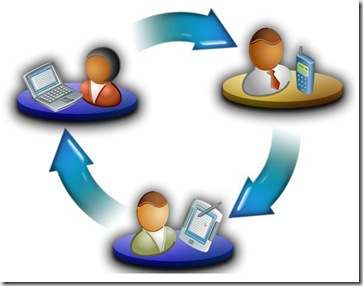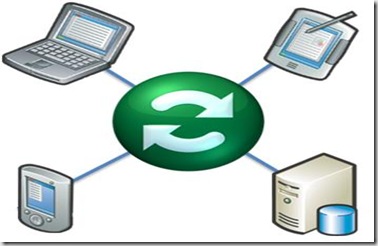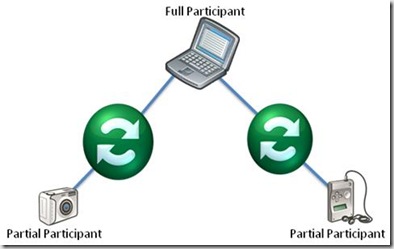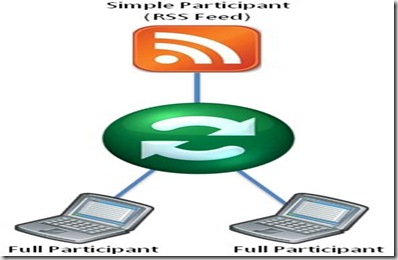Introduction
Microsoft Sync Framework is a platform which enables collaboration and offline access among applications, services and devices. Using Sync Framework developers can build sync systems that can integrate any application with any data using any protocol over the network.
Key concept of Microsoft Sync Framework is creating synchronization provider which contains the repository of information to be synchronized. Provider applies changes to repository both at source and destination places. If the data at the source and destination differ in type or schema provider performs necessary mapping or transformation.
Providers in Microsoft Sync
- Sync Services for ADO.NET- for ADO.NET enabled data sources
- Sync Services for File Systems – for files and folders
- Sync Services for FeedSync- for RSS and ATOM feeds
Participants in Microsoft Sync
Microsoft Sync Framework supports 3 types of participants full,partial and simple.Participant in Sync Framework has the ability to store and process synchronization metadata.
Full Participants: Developers can create applications and data stores directly on a device. Examples: Laptops and smart phones.
Partial Participants: are the devices has the ability to store the data but they can not execute the application on their own.It can store metadata which is required for synchronization so that it can participant with full participant in synchronization.
Simple Participants: are the devices has the ability of providing information when requested. These devices can not store or manipulate the data. It relies on full participant to store its metadata.




[…] You can read the basic understanding about synch framework at Microsoft Sync. […]
Introduction to Microsoft Sync Framwework…
You’ve been kicked (a good thing) – Trackback from DotNetKicks.com…